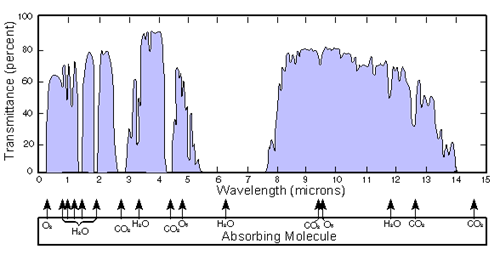Do lasers lose power over distance?
Monday, March 13, 2023
Monday, March 13, 2023
You may have wondered how your laser looks from 1000 feet away. Is it less dangerous from far far away? If so, why?
The short answer is yes, for 2 reasons:
Beam divergence is a measure of how fast a laser expands as it travels past its focus point.
It's not that a laser expanding "loses" power. It's just that the power is spread over a larger surface, leading to low power density. High power density is paramount in laser applications because it's not just raw power that heats, melts, welds, evaporates, engraves, and cuts, but concentrated power.
The result of divergence is that the laser's power will be more diluted the farther it travels, but it is possible to minimize this impact.
The parameters that affect divergence are:
To have a clear picture of what you are working with, we recommend using power meters at different points in your laser setup. We have a wide variety, going from pocket-sized battery-powered devices to high-power water-cooled calorimeters.
Ensure you purchase the most optimal solution for your measurement needs with this checklist. Download it now, it's helpful and free!Buyer's checklist for laser power & energy meters
Unless your laser is traveling through a perfect vacuum, it will encounter particles that may absorb part of its power.
The amount of power lost depends on the wavelength of the laser and the type of material that it travels through. The longer the distance traveled by the laser, the more significant the losses.
As an example, we might look at the atmospheric transmittance chart, which informs us which wavelengths the atmosphere lets through (100% is the max), and which wavelengths get absorbed or scattered (0 % meaning complete opacity).


Image source : Wikipedia
In an optical fiber, it is possible to eliminate the divergence that we spoke of in the earlier sections. This is a great way of transporting laser beams to far-off locations, as is the case with fiber optics telecommunication.
Although divergence is eliminated while the laser is in the fiber, there are still losses due to absorption. Most optical fiber manufacturers will list this loss factor in decibels per kilometer (dB/km) for the different wavelengths used with that fiber.
As an example, a multimode fiber might have a 1.5 dB/km attenuation factor for a 1300 nm wavelength, meaning that every 2 kilometers, the power is reduced by half.
Measuring your laser system output helps ensure consistent, repeatable results. This leads to faster product development, increased productivity and standardized quality control. If you would like to ensure top performance for your laser systems, check our laser power and energy meters.